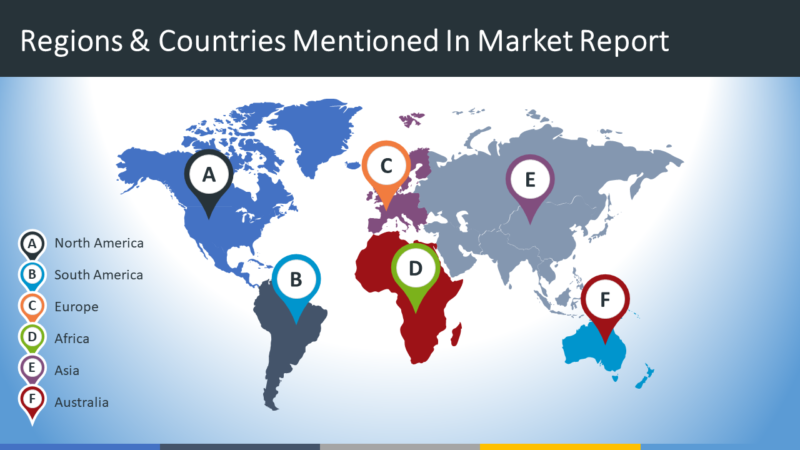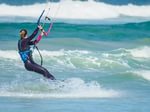I still remember the outbound flight to Santo Domingo Airport, 20 miles east of Santo Domingo City, in the Dominican Republic. My 11-year-old self couldn’t believe I was moving from sub-Saharan Africa to the Caribbean. My biggest worry was that I knew nothing about Latin American culture and, more importantly, I didn’t know a single word of Spanish, which seemed a scary thought as a child starting a new life on the other side of the Atlantic Ocean.
I needn’t have worried. Six months in, I was fluent in Spanish, and the four years I spent living in the Dominican Republic ended up being one of the most enriching experiences of my life. From the country’s rich history to the wonderfully diverse cultural mix, to the truly amazing beaches, there will always be a special place in my heart for the island. Here, a guide to my favourite places.
Las Terrenas, a village in the north of the island.
© Lucile Tranzer Hugo
Las Terrenas
Located on the north of the island, this little fishing village has some of the most beautiful beaches in the country (they are remote, too: most of them are mainly accessible by motorbike or ATV). Head over to Playa Coson or Playa Bonita for the perfect day out with miles of idyllic, white sand beach and almost no one there to crash your beach towel. Make time to stop at one of the many beach houses for fresh seafood straight out the sea.
Cabarete
Following a 45-minute drive from Puerto Plata, you’ll be transported to one of the most famous water sport destinations in Latin America. Cabarete’s beaches are famous for windsurfing, kiteboarding and surfing. Head over to La Boca, Bozo beach or Kite beach for huge waves and winds. This famous Caribbean surf town is also renowned for its lively nightlife where you can spend the night dancing away to the beats of reggaeton songs.
Isla Soana is well known as the spot for finding the biggest starfishes on the island.
© Robert Michael Poole
Isla Saona
To reach this picture-perfect island, most people rent a catamaran. With crystal-clear and turquoise blue water, the island is picture-postcard perfect – the vision of the Caribbean you will have always dreamt of. The area is particularly renowned for the biggest starfishes you’ll ever see. Head over to Mano Juan, the nearby fishing town, for lunch before a nap under the palm trees.
Santo Domingo Old Town
This colorful UNESCO world heritage city has a rich history and 16th-century monuments that are in mint condition. Go for a wander around the old town – watching Dominicans roll tobacco into big cigars in just a couple of minutes is particularly impressive – and visit the cathedral, palaces and art galleries.
Bahia de Las Aguilas is considered by many Dominicans as the most beautiful beach in the country.
Bahia de Las Aguilas
On the wild, west coast of the Dominican Republic, this eight kilometre-long beach is one of the most isolated and dreamy destinations on the island. Considered by many Dominicans as the most beautiful beach in the country, it has been preserved and kept completely as nature intended, with no restaurants, hotels or shops. Part of the Jaragua National Park, this UNESCO-protected destination even sees turtles coming to lay eggs. Accessible with a 4×4 or by boat, its remote location makes it an adventure just to reach – but the trip is worth it.
Punta Cana
A popular destination in the Dominican Republic and the Caribbean more broadly, Punta Cana is located at the crossroads of the Atlantic Ocean and the Caribbean, on the east coast. With a coastline packed with luxurious hotels, it’s an ideal destination for a week of sea, sun and snorkelling. Don’t forget your SPF50 sunscreen to enjoy long days by the beach.
Whale watching in Samaná Bay is a once-in-a-lifetime experience.
© AGF
Samaná Bay
Every year, from January all the way through to March, hundreds of humpback whales migrate from all over the north Atlantic and come to Samaná Bay to mate and birth calves. The Dominican government is naturally very protective of the whales, but you can still book a boat trip in the Bay, provided it’s with a licensed crew who will keep their distance, so as not to disturb these magnificent creatures.
Carnaval de la Vega
The Carnaval de la Vega, celebrated in February every year, is one of the country’s most exuberant celebrations. Originally a religious celebration, the carnival is now mostly a celebration of good triumphing over evil. Dominican Independence Day is celebrated on 27 February, which makes it the perfect month for Dominican parties. Look out for the fabulous costumes and masks and enjoy a true Dominican fiesta experience.
Jaragua National Park is a haven for birdwatchers.
© FLPA/Neil Bowman/Shutterstock
Jaragua National Park
Located in the south west of the island, Jaragua National Park is renowned for its ecotourism, wildlife and indigenous history, with many caves full of Taíno pictograms, an original indigenous tribe that populated the region before colonisation. To explore thousand-year-old petroglyphs across the walls, head north, to Las Caritas, a cave facing the Enriquillo lake. The Park is also home to hundreds of endangered species of bird.
The marina in Casa de Campo, the go-to luxury destination on the south of the island.
© Lucile Tranzer Hugo
Casa de Campo
This five-star resort on the south of the island is the go-to luxury destination in Dominican Republic, with a marina and championship golf courses, including the Teeth of the Dog course which is consistently ranked among the top 50 golf courses in the world. While you’re there, enjoy a concert in the Altos De Chavón Amphitheater, a venue in the heart of a full-scale replica of a Mediterranean 16th-century village.
More from British Vogue:






Recent Comments